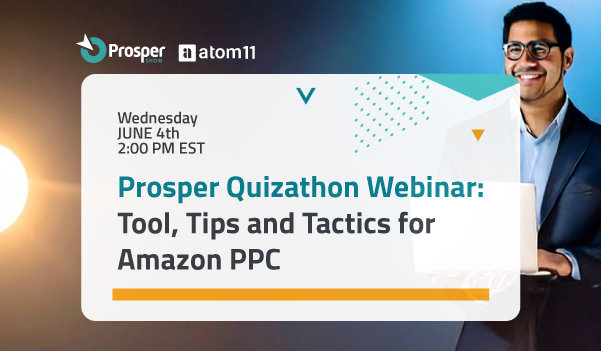Navigating Hidden Expenses as an Amazon 3rd Party Seller
By Lenny Ash, Co-Founder of The Ecom Cooperative and AZsellerkit
Managing financials as an Amazon 3rd party seller can be challenging due to the multitude of hidden expenses that can sneak up on you and kill your margins. In this article, we’ll discuss some key expenses that are often overlooked, as well as strategies for identifying these and other potential fees that you would not otherwise see on the standard amazon dashboards.
Returns can be a significant expense that is often hidden from Amazon 3rd party sellers. In some categories like apparel and shoes, sellers are required to bear the cost of shipping the returned item back to them, which is reflected in the seller’s payment settlement report under “FBA Customer Return Per Unit Fee” (see link below for more details on returns processing fees). Additionally, the cost of shipping the item to the customer on the original order is not refunded to the seller. Amazon also charges a 20% refund administration fee. For example, if a seller sold an item for $20 with a $3 (15%) referral fee, the seller will receive a $3 refund from Amazon minus a $0.60 processing fee upon return of the item (see link below for more details). If the returned item is deemed “damaged” by Amazon, the seller will also lose the value of the returned unit, which does not show up on the settlement report. It’s important for sellers to keep track of the number of units that are returned and deemed damaged. Unfortunately, Amazon’s seller central dashboards only display sales, so sellers must download the returns report or analyze their payment settlement reports to fully understand the cost of returns.
Link to review: Returns processing fee.
Link to review: Refund Administration Fee
Storage Fees: Storage fees can add up quickly, especially if you are storing a large number of items at FBA. Its crucial to be aware of the new storage rates and surcharges that amazon will start charging sellers for normal storage and especially if they are overstocked. This article is not the place to outline all of these in detail however sellers must make sure they understand how the new storage fees work, please reference this page in amazon’s documentation to see the full scope of charges and how it will apply to your account: Link to 2023 FBA monthly storage fee and aged inventory surcharge changes
If not handled properly your storage fees can start to pile up quickly and eat away at your margins.
Inbound shipping costs can be another significant expense. For the most part sellers are aware of the cost of shipping to send items to amazon, However, in the event items are mislabeled or lacking the proper prep or have some other issue that amazon has to deal with they may charge you an “unplanned service fee”. Those fees will show up in your inbound performance summary page and on your payment settlement reports – its important to keep an eye out for those, if you have something broken in your shipping process and you don’t correct it those fees will keep piling up! Link to amazon’s unplanned service fee details
In conclusion, managing finances as an Amazon 3rd party seller requires a careful and strategic approach, taking into account all of the expenses that can impact your margins. There are more fees than listed in this article that can sneak up on you if you are not monitoring your financials regularly. The best way to monitor and catch all these hidden fees is to always review your settlement statements everytime amazon issues a remittance. You can access your settlement reports from this link. Download the report, drop the data on a spreadsheet and make a pivot table out of it, and read the data. Its one of the most essential elements to running a successful amazon business, know your numbers!!
Want to learn more about optimizing your ability to scale?
Tomer Rabinovich of Top Dog and Chelsea Cohen, SoStocked, will take you through how to overcome silent profit killers during their session at Prosper Show 2023!



Recent Comments